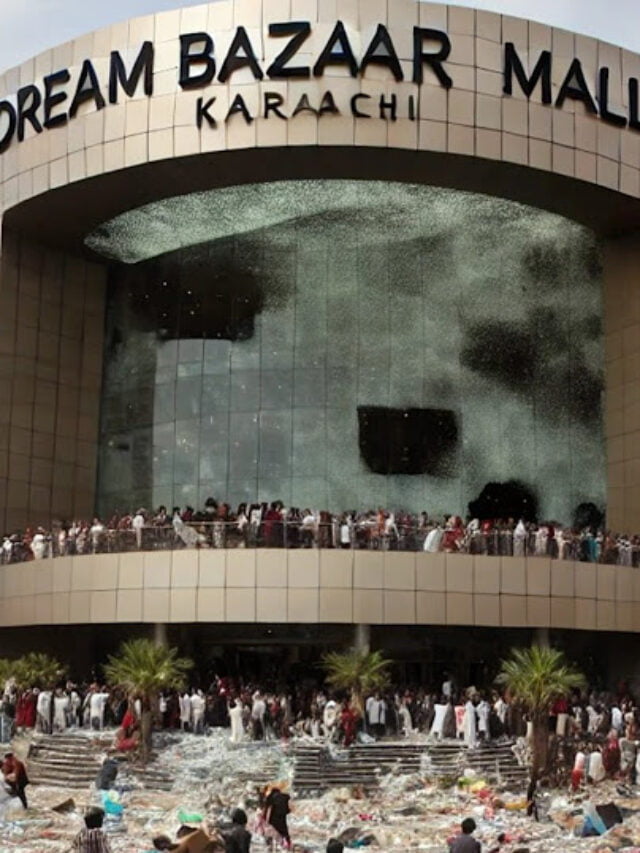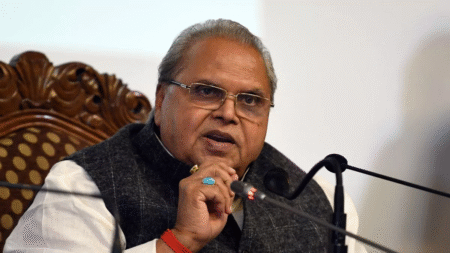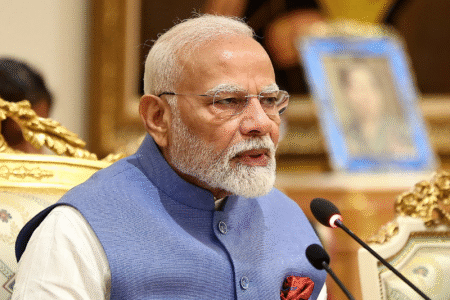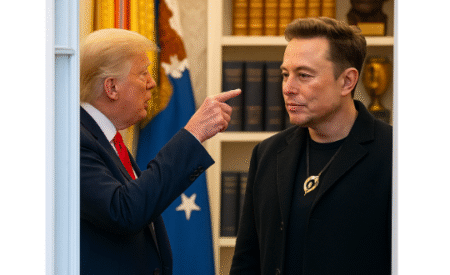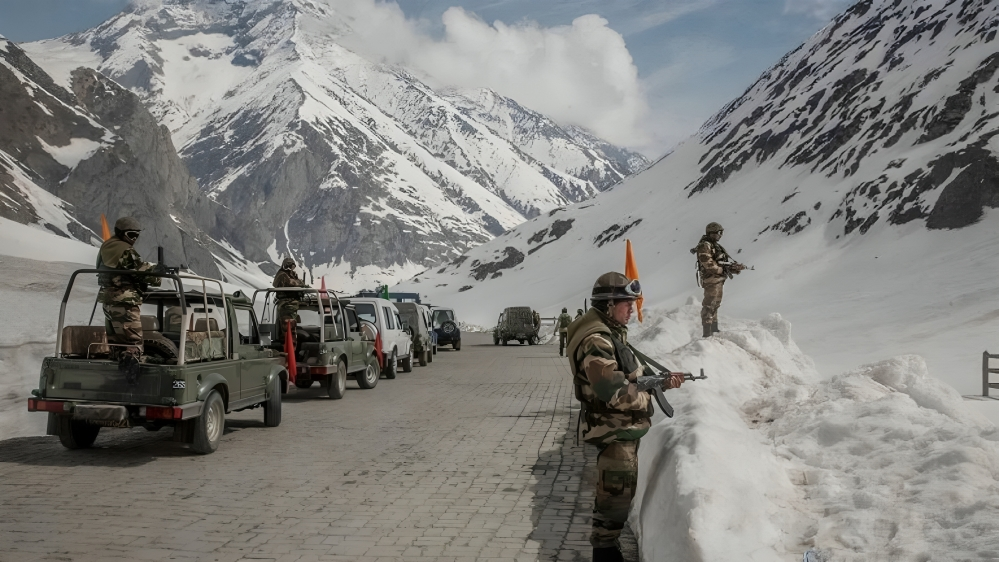
The Galwan Valley, situated in the Ladakh region, has once again become a focal point of rising tensions between India and China. The region, which witnessed a violent clash between the two nuclear-armed neighbors in June 2020, remains highly sensitive, with both sides ramping up their military presence in the area. The ongoing standoff has led to increased concerns over the potential for another confrontation, as recent developments have highlighted the fragile nature of peace along the Line of Actual Control (LAC).
Background of the Dispute
The Galwan Valley dispute stems from longstanding border disagreements between India and China, particularly over the LAC, a de facto border that separates Indian-controlled territory from Chinese-controlled territory in the Himalayas. In June 2020, a brutal hand-to-hand combat resulted in casualties on both sides, marking the first deadly encounter between the two nations in over four decades. Since then, military tensions have simmered, with both nations holding several rounds of talks to de-escalate the situation.
Despite multiple rounds of military and diplomatic negotiations, no substantial resolution has been achieved. The latest rounds of talks have ended in a stalemate, with both India and China accusing each other of violating previous agreements and positioning troops too close to the disputed areas.
Also Read: RSS Indicates Support for Caste Census?
Recent Developments
In recent months, satellite imagery and intelligence reports have shown that China has increased its infrastructure development along the LAC, especially in the Galwan Valley. This includes the construction of roads, helipads, and permanent military structures, which have heightened India’s concerns. In response, India has also strengthened its military presence in the region by deploying more troops and advanced weaponry, ensuring that it is prepared for any potential conflict.
According to sources, the Indian government has made it clear that while it seeks a peaceful resolution, it will not compromise on its territorial sovereignty. Indian officials have emphasized the need for both sides to adhere to established agreements on troop disengagement and de-escalation to prevent any further escalations.
The Role of Diplomacy
Diplomacy has played a critical role in managing the tensions in the Galwan Valley. Since the 2020 clashes, several rounds of high-level talks have been conducted between Indian and Chinese military commanders and diplomats. These talks have focused on troop withdrawals, establishing buffer zones, and ensuring that there are no further aggressive maneuvers from either side. However, despite these efforts, the situation remains precarious, with neither side fully trusting the other’s intentions.
India has consistently called for the restoration of the status quo ante (the conditions before the 2020 clash), while China has insisted on territorial claims over the region. The contrasting demands have made the negotiation process more challenging, with both nations reluctant to back down.
Strategic Importance of the Region
The Galwan Valley holds immense strategic importance for both India and China due to its location near the critical Aksai Chin plateau, a region that both nations claim. Aksai Chin is controlled by China but claimed by India as part of its territory. The valley’s rugged terrain and high altitude make it a key geographical feature for any military operations in the region.
For India, maintaining control over the Galwan Valley is essential to secure its borders and protect its access to the Karakoram Pass, a crucial link to its northernmost regions. On the other hand, China views the region as a buffer zone that shields its Xinjiang province and ensures control over vital trade routes.
Future Prospects
As tensions continue to rise, the international community has expressed concerns about the possibility of a prolonged military standoff or even another violent encounter. India’s defense establishment remains vigilant, with top military commanders repeatedly stating that they are prepared for any eventuality. However, the government has reiterated that it seeks to resolve the dispute through peaceful means and is committed to maintaining stability in the region.
China, too, has signaled its desire to avoid conflict, but its continued infrastructure buildup along the LAC suggests that it is unwilling to relinquish its strategic gains. Experts believe that while diplomacy offers the best solution to the ongoing border dispute, the situation in the Galwan Valley remains a powder keg, with any misstep potentially leading to a full-blown conflict.
Latest Situation in Galwan Valley
The situation in Galwan Valley remains tense, with both India and China locked in a complex military and diplomatic standoff. As both nations continue to bolster their military presence, the international community is closely watching developments in the region. The stakes are high, and the path to lasting peace remains uncertain, but maintaining open channels of communication and adhering to previous agreements will be critical in avoiding further escalation.






